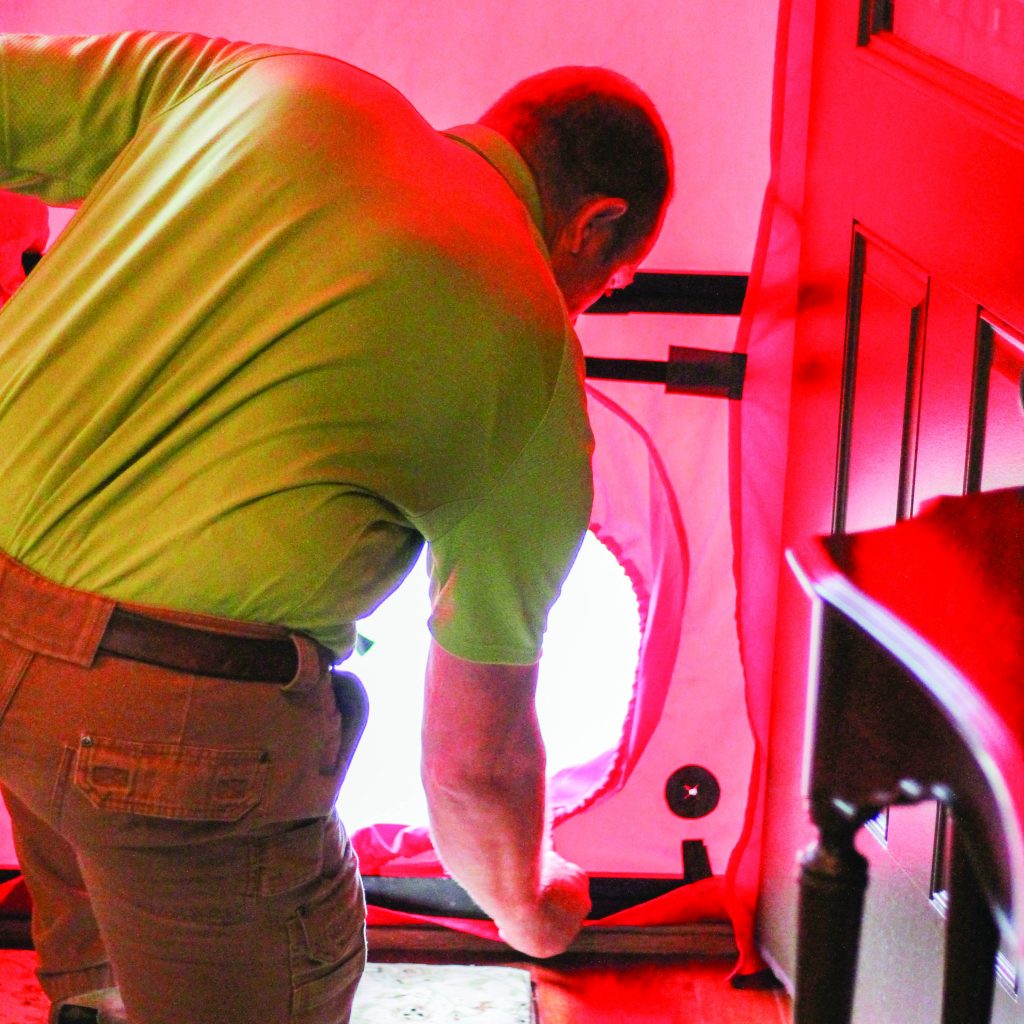
Air leakage rating: The air leakage rating is a measure of how much air leaks through the crack between the window sash and frame. The rating reflects the leakage from a window exposed to a 25 mile per hour wind and is measured in cubic feet per minute per linear foot of sash crack.
Annual Fuel Utilization Efficiency (AFUE): An indication of how well a furnace converts energy into useable heat. The rating is expressed as a percentage of the annual output of heat to the annual energy input to the furnace.
Blower doors: Energy contractors use blower doors to see how much air leaks through windows, doors and other places in a house. The blower door is a large board that blocks the front door of a house. A powerful fan installed in the door draws the air out of your house and causes a strong draft inside wherever the air is leaking into the house. This can help locate the air leaks and gives a good overall indication of how “leaky” a house is.
Energy Efficiency Ratio (EER): The ratio of the cooling capacity of the air conditioner in British thermal units (Btu) per hour. The total electrical input in watts under test conditions specified by the Air Conditioning and Refrigeration Institute.
Kilowatt-hour (kWh): One kWh is equal to 1,000 watts of electricity for one hour. This is equal to burning a 50-watt lightbulb for 20 hours. An electric bill usually shows charges for kwh for the month.
Whole house fan: A large fan used to ventilate an entire house, usually located in the highest ceiling in the house, which vents to the attic or outside. Although a good way to draw hot air from the house, the fan should be covered and insulated during the winter, when it often continues to draw hot air from the house.



